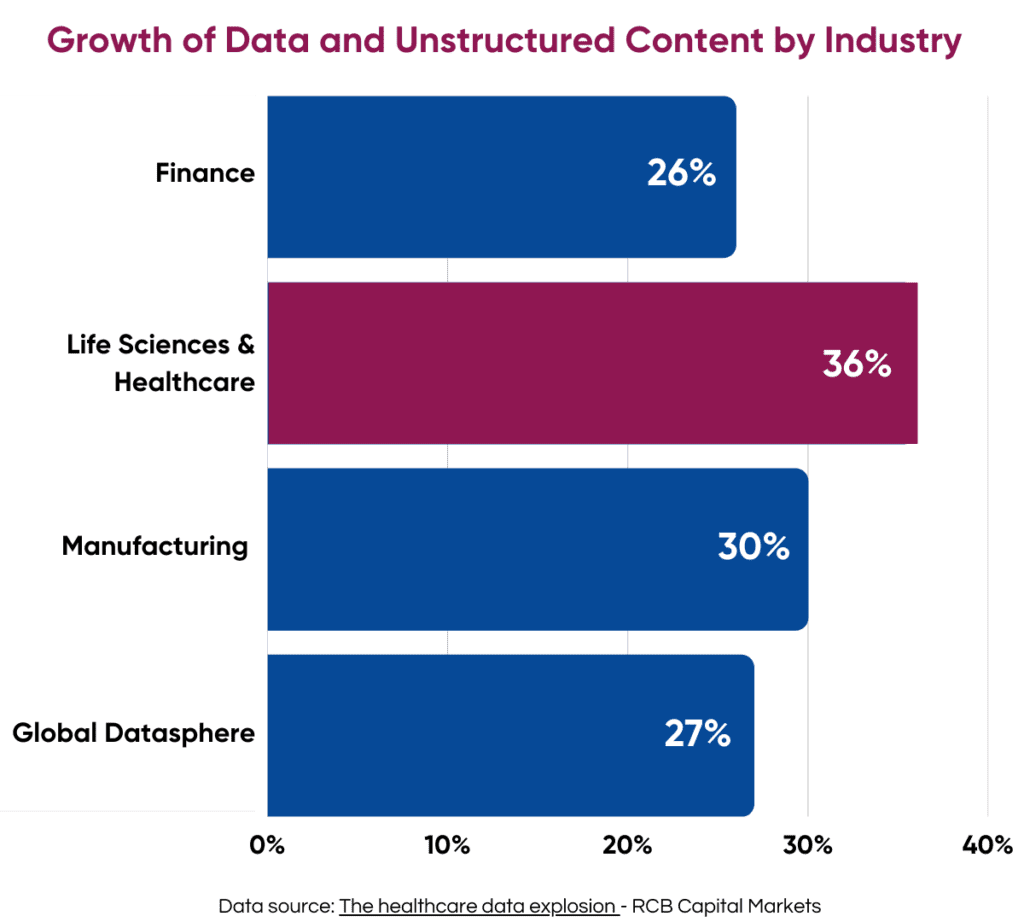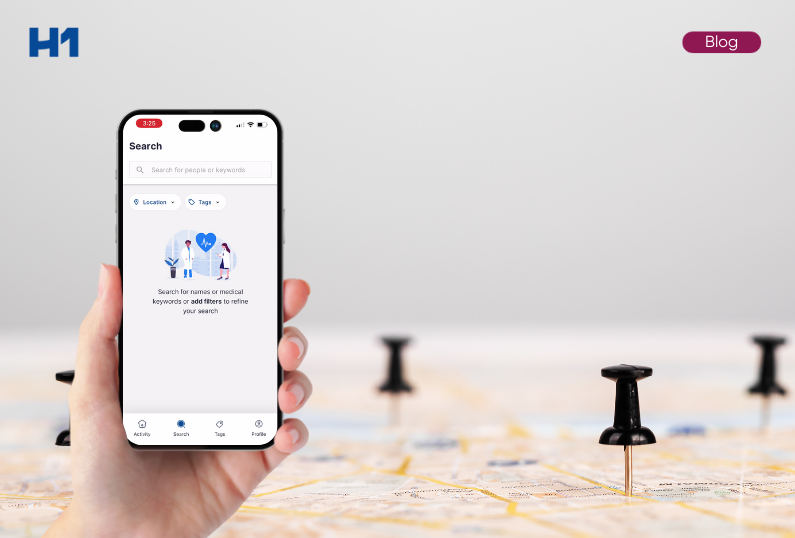Boost HCP Access with a Unified Healthcare Data Platform

The added value of a real-world data platform for medical affairs and commercial teams
In an August 2022 market research study conducted by H1 and the Medical Science Liaison Society (MSLS), more than 600 MSLs surveyed weighed in on their experiences and preferences on virtual vs in-person engagements with potential key opinion leaders (KOLs); how it impacted their day-to-day work and why even with more digital tools available – the same industry challenge persists – inconsistent data, platforms that make it challenging to find and tier KOLs.

Medical affairs and commercial teams can often be hindered by using separate healthcare data platforms that cannot share information with each other. This leads to data inconsistencies and missed opportunities for valuable insights.
By leveraging a unified healthcare data platform platform, medical affairs and commercial teams can tap into the latest HCP access data and KOL insights, resulting in improved strategy execution and ultimately, greater success in the field.
In a post-COVID world, virtual engagements have become a normal part of life for MSLs so the fact that they had to move to virtual engagements with KOLs didn’t have that great of an impact on their job aka business as usual.

Digital Innovation and Data Challenges
But what is consistently present in our conversations with MSLs is…the platform and data and who is using it and how they’re using it is often misaligned. We have heard over and over – we need a consistent data platform that can be leveraged by all of our global stakeholders, leadership, medical affairs, commercial and field teams.
So why do medical affairs and commercial teams often use different platforms? The answer lies in their differing objectives. Medical affairs teams are primarily focused on building relationships with HCPs and KOLs, while commercial teams are focused on driving sales.
As a result, they have unique data needs and utilize separate systems to manage this information. However, this siloed approach has its drawbacks.
When data is scattered across multiple healthcare data platforms, it becomes difficult to surface consistent and strategic HCPs and KOLs. This can lead to missed opportunities for collaboration and ultimately, hinder the success of both teams. But what if there was a way to bridge this gap and bring together the best of both worlds?
Structured and Unified Data Views, Insights
Enter the unified healthcare data platform (H1’s for example), a game-changer for medical affairs and commercial teams alike. By utilizing a single healthcare data platform that allows for seamless information sharing between teams, medical affairs can gain access to valuable market insights from the commercial team while also being able to provide feedback on HCP engagement to support sales efforts–all supported with real-world, structured data insights.
Both teams can benefit from real-time updates on HCP interactions across all touchpoints – whether it be emails, phone calls, or meetings. This not only improves efficiency but also provides a 360-degree view of HCP relationships which is key for effective strategy execution.
By tapping into the latest HCP access data through a unified healthcare data platform platform, medical affairs teams can identify underrepresented areas or populations where they may need to strengthen their presence. This helps ensure diversity in their outreach efforts and strengthens their overall impact.
Similarly, commercial teams can leverage KOL insights from medical affairs to better target key opinion leaders who can influence prescribing behavior within their respective therapeutic areas. By working together through a unified healthcare data platform, both teams can enhance their decision-making process and drive better results in the field.
But it’s not just about improving internal processes and collaboration. A unified healthcare data platform also has the potential to unlock valuable insights that can be leveraged for greater success in the market. By analyzing data on HCP engagement, preferences, and behaviors, medical affairs and commercial teams can identify trends and patterns that can inform their strategy moving forward. This could include optimizing communication channels or identifying new opportunities for partnership with previously untouched HCPs or treatment leaders. Add to this data platform the evolving potential of generative AI and the potential for innovation becomes that much more exciting.
A unified healthcare data platform holds immense potential for medical affairs and commercial teams to boost HCP access and KOL insights. By breaking down silos and leveraging each team’s strengths, it allows for more efficient and effective strategy execution.
For more information on how commercial and medical affairs teams can leverage H1’s platform, request a demo.
